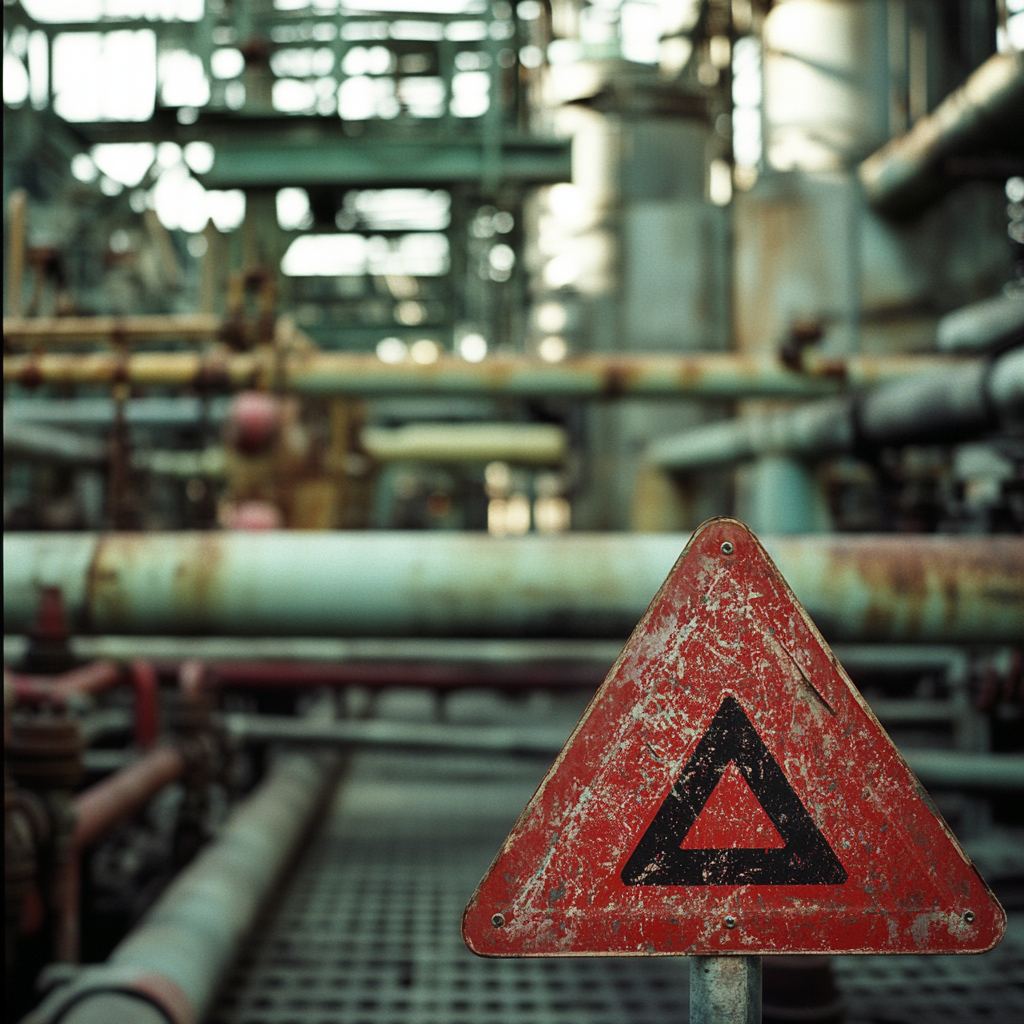Compliance with the ATEX Workplace Directive 1999/92/EC is critical for employers operating in potentially explosive environments. The directive sets out a comprehensive framework for preventing and mitigating explosion risks in workplaces across the European Economic Area (EEA).
This blog serves as a motherpost, consolidating essential information on workplace obligations, zone classifications, equipment requirements, and ignition source management, drawing on previous discussions from our articles such as the Explosion Protection Document, ATEX Zoning, and more.
Note: Mineral extracting industries covered by Directive 92/91 or Directive 92/104 do not fall under the ATEX Workplace Directive 1999/92. These industries follow their own sector-specific regulations, but employers are still required to ensure worker safety under different legal frameworks. Explosion risks in these industries are regulated differently, highlighting the need for industry-specific compliance.
Fundamental Principles of Explosion Prevention and Protection
The ATEX 1999/92/EC directive outlines three core principles that employers must follow to ensure safety:
- First: Prevent the formation of explosive atmospheres where possible.
- Second: Avoid the ignition of explosive atmospheres if prevention is not feasible.
- Third: Mitigate the effects of explosions to protect workers’ health and safety.
These principles apply not only to workplace procedures but also to the selection and use of ATEX-certified equipment, referred to as the principles of integrated explosion safety.
Compliance requires a comprehensive explosion risk assessment, beginning with an analysis of whether a hazardous explosive atmosphere could arise during normal operation, maintenance, commissioning, decommissioning, or during foreseeable malfunctions or misuse.
If an explosive atmosphere is likely, the risk assessment must consider:
- The likelihood and persistence of explosive atmospheres.
- The presence and activation of potential ignition sources.
- Interactions with the surrounding environment.
- The anticipated effects of an explosion.
The explosion risk assessment must be documented in the obligatory Explosion Protection Document, which is critical to proving compliance with ATEX regulations. This document should detail the explosion risks and the measures put in place to prevent or mitigate such risks.

Zone Classification: Likelihood of Explosive Atmospheres
The first step of the explosion risk assessment is zone classification, which categorizes areas based on the likelihood and duration of explosive atmospheres. Areas where explosive atmospheres may occur must be classified into zones, each representing a different level of risk based on the frequency and persistence of the hazard.
For flammable gases, vapors, and mists, the zones are:
- Zone 0: Continuous or frequent presence of explosive atmospheres.
- Zone 1: Likely occurrence under normal operation.
- Zone 2: Unlikely occurrence under normal operation, but if it does occur, it persists for only a short period.
For combustible dust, the zones are:
- Zone 20: Continuous or frequent presence of explosive dust.
- Zone 21: Likely occurrence under normal operation.
- Zone 22: Unlikely occurrence, but brief when it does.
Area classification does not apply to catastrophic failures (e.g., the rupture of a storage tank or a pneumatic conveyor), which fall outside the scope of the directive.
The zone definitions serve as a risk hierarchy, indicating that explosion hazards increase from Zones 2 to 1 to 0, and from Zones 22 to 21 to 20, respectively.
However, the directive does not define terms like “continuously,” “long period,” “frequently,” or “occasionally.” In practice, these terms are clarified using commonly accepted timeframes for explosive atmosphere presence.
Table for Guidance on Zone Classification:
- Zone 0 and 20: More than 10% of operating time
- Zone 1 and 21: Between 0.1 and 10% of operating time
- Zone 2 and 22: Less than 0.1% of operating time
Operating time is the length of time that a production device is in operation within a company.

Ignition Sources: Identifying and Managing Risks
Managing ignition sources is one of the most critical aspects of explosion safety. Employers must assess not only the workplace itself but also the equipment and processes to ensure that ignition sources are controlled or eliminated. Ignition sources can range from electrical sparks and hot surfaces to mechanical friction and chemical reactions.
As outlined in our blog on ignition hazard assessment, it is essential to evaluate all possible sources of ignition in the context of the hazardous zone classification and take appropriate measures to avoid them.
In situations where potential ignition sources cannot be fully eliminated, the ATEX directive requires the use of equipment that is certified for the specific zone in which it will be used.
For example, equipment certified for Zone 1 must be designed to prevent ignition even when explosive atmospheres occur occasionally. If equipment with effective ignition sources cannot be avoided, employers must implement mitigating measures such as inerting, explosion suppression, or explosion-resistant design to reduce the risk of catastrophic failure.
Note: Area classification does not take into account the consequences of ignition. Moreover, areas that are classified as hazardous must be marked with appropriate EX signs at entry points, such as room entrances or zones where explosion risks exist.
Conclusion: Employer Responsibilities Under ATEX 1999/92/EC
The ATEX Workplace Directive 1999/92/EC places significant obligations on employers to ensure the safety of their workers in potentially explosive environments.
By adhering to the principles of explosion prevention, conducting thorough risk assessments, and documenting safety measures in the Explosion Protection Document, employers can fulfill their legal responsibilities and create safer workplaces.
Proper zone classification and the careful selection of ATEX-certified equipment are vital components of this process.
For more detailed discussions on zone classifications, equipment categories, and ignition hazards, refer to our related blog posts:
- The Explosion Protection Document
- ATEX Zoning Classification
- Ignition Sources and the Ignition Hazard Assessment Scheme
Employers who take a proactive approach to explosion safety not only comply with legal requirements but also ensure the well-being of their workforce and protect valuable assets from potential damage.
